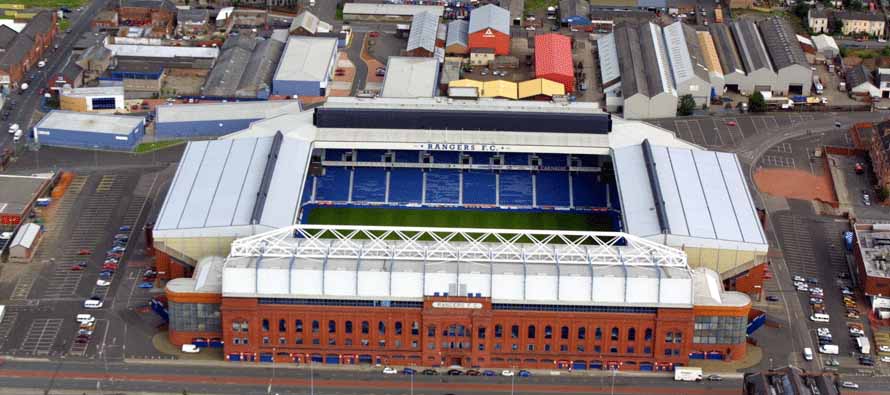There’s a close connection between football and Europe. The game is in the DNA of every European, and they have a strong affection for their stadiums. Due to the huge following, that there’s a stadium in almost every European city shouldn’t come as a surprise to anyone. Some are structural wonders, some are known for their forgettable moments that took place there, and some provide the best of both worlds.
These stadiums represent some of the best teams in Europe with devoted support. Their supporters attend matches, buy the shirts, talk endlessly about their favourite players, and are all-out obsessed. They even bet on their clubs to win the next match. After all, there’s always a nice offer available, such as if you sign up with Kwiff, for example. But it’s inside the stadiums where fans really come to life. Now let’s look at some of the most jaw-dropping stadiums hosting football clubs competing in this season’s Europa League.
Signal Iduna Park, Borussia Dortmund
Built especially for the 1974 World Cup, Signal Iduna Park was unremarkable until the late ‘90s. That changed once Dortmund had won the Champions League in 1997, with the stadium increasing its capacity from around 50,000 to 81,359. This included the emergence of the South Stand Terrace, European football’s largest terrace. The superb stadium now combines fan values and modernity and, from once being an unsung stadium, Signal Iduna Park now symbolises the passion that the sport of football inspires among its fans.
In recent years, the stadium also known as the Westfalenstadion, has become synonymous with a wonderful atmosphere and impressive displays of fan power. Watching a Dortmund home match is to know just what supporting a football club really means, with the spectacular displays of yellow shirts representing one of Europe’s most exciting clubs.
Ibrox, Glasgow Rangers
Ibrox was once nothing more than a vast concrete bowl. Since then, it once held more than 118,000 fans and was completely redeveloped in the ‘70s after a disaster in 1971 that saw 66 fans lose their lives.
Subsequent works saw the introduction of three new stands that were modelled on the rectangular shape of Dortmund’s Signal Iduna Park. The first of these stands, Copland Road Stand, opened in 1978, with the West Stand opening in 1979, and the Govan Stand introduced in 1981. Only the Archibald Leitch-designed main stand remained, including its crisscross balcony.
The stadium underwent a gradual conversion into an all-seater, which began with benches being placed in the North Stand. As a listed structure, Ibrox was modernised in the ‘90s with an extra tier and a new roof. The result was a 51,000-capacity stadium combining modernity with a great atmosphere and tradition.
Camp Nou, Barcelona
FC Barcelona’s home ground Camp Nou is more than just a stadium. It’s been a symbol of football supremacy and Catalan culture since its inception in the ‘50s. It’s also one of the world’s largest football stadiums and the biggest in Europe, with 99,354 seats. Plans are in place to increase that number to 100,000 with state-of-the-art modification.
The huge stadium echoes the era of the Roman Empire and the gladiatorial arenas. The arena has hosted Barca’s home games since 1957, as well as being the base of the Catalonian national team. The Champions League final has been held here twice, including Manchester United’s stunning late comeback against Bayern Munich in 1999.

